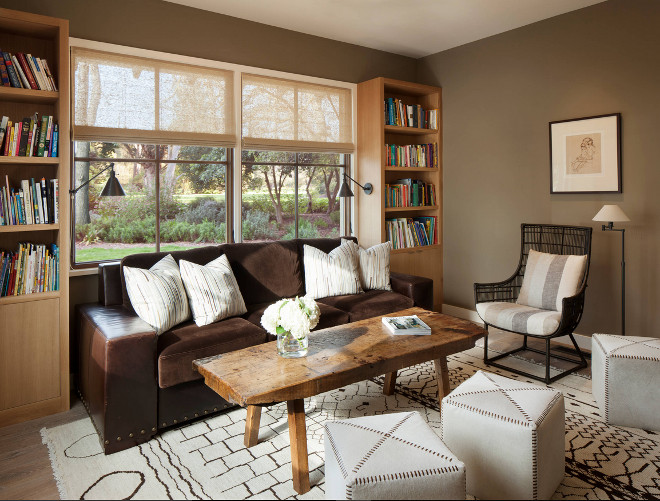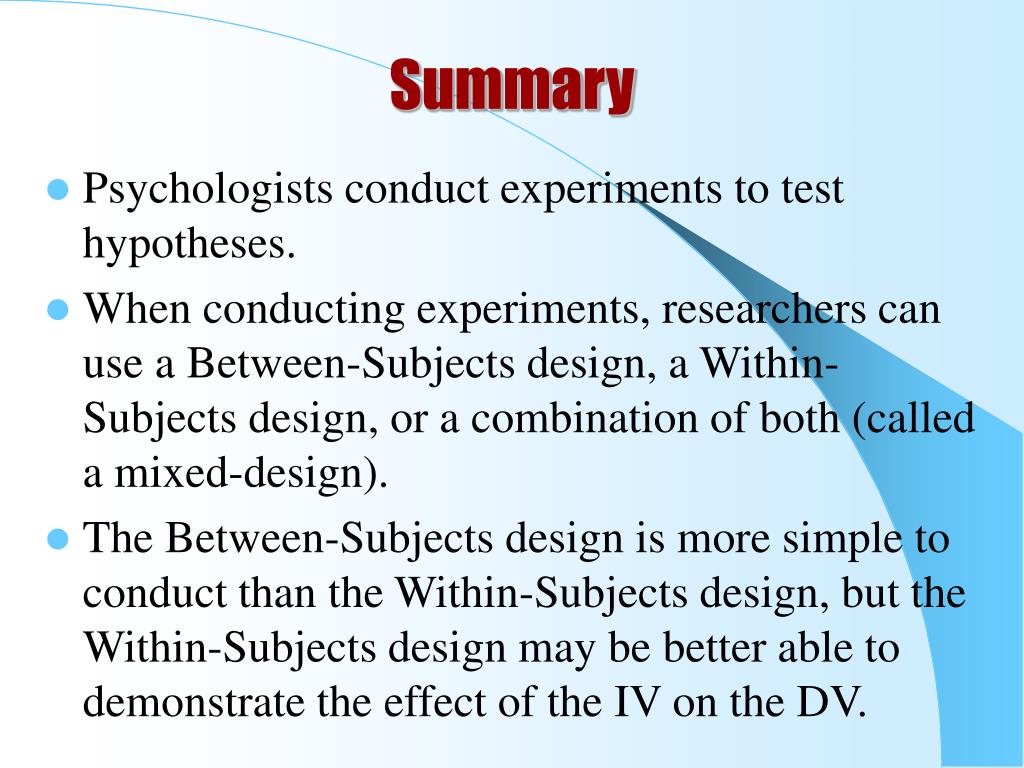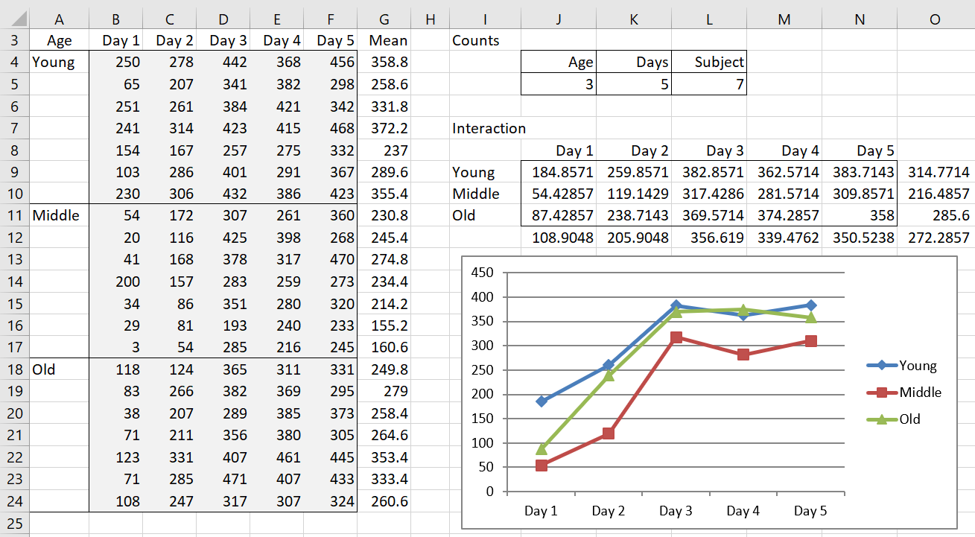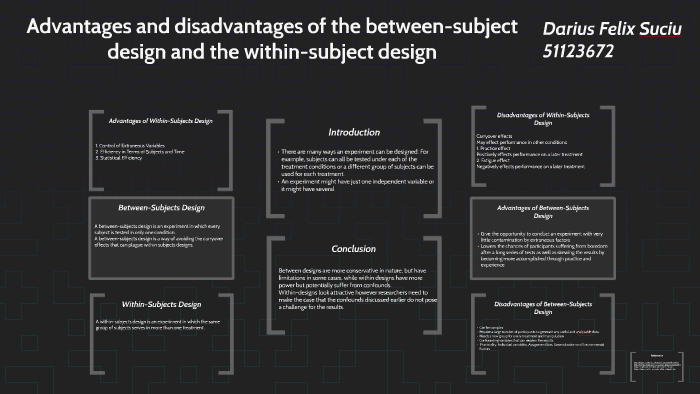Table Of Content

A cozy reading nook will need its furniture – likely an armchair – positioned in a way that maximizes the light – whether natural or artificial. On the other hand, a cinema room will need its generous, comfy couch facing the television. There are plenty of den ideas that will spark your imagination – but, how do you turn these ideas into a reality? We have spoken to interior design experts to discover their essentials for designing and styling a den.
AI is changing jobs across industries. Here's what to expect. - The Washington Post
AI is changing jobs across industries. Here's what to expect..
Posted: Mon, 20 Mar 2023 07:00:00 GMT [source]
Luxe Lighting
A gallery wall is an excellent option for displaying multiple pieces and adding visual interest. Furthermore, it's important to consider the furniture and storage options for your den. If you plan to include a sofa or multiple chairs, you will need to account for the appropriate clearance around the seating area.

Shop My Favorite Items for Decorating Your Den
You can use tape or chalk to mark out the boundaries of the den on the floor, providing you with a clear idea of the dimensions. Consider the placement of windows, doors, and other fixed elements that may limit your options for creating a den. You will want to choose an area that is relatively secluded and separate from the rest of the room, providing a sense of privacy and coziness. The first factor to consider is the overall size of your living room. A large living room provides more flexibility in terms of creating a den, allowing you to allocate a significant portion of the space for this purpose. On the other hand, if you have a smaller living room, you may need to be more strategic in utilizing the available space.
Plush Sofa
If needed, secure the furniture by pushing them against the wall or using additional support. From the ASPIRE DESIGN AND HOME winter 2020 issue, these family room and den designs are the perfect cozy spots for a cold winter night. This space radiates warmth from the walls, thanks to the handsome wood panels and shapely crown molding. Paired with neutral furnishings of varied textures—leather, linen, natural-fiber carpeting—this den is a spot we can certainly see ourselves kicking back in.
Den of Wolves Q&A - 10 Chambers Goes Back to Heist Roots with a Sci-Fi Espionage Flavor - Wccftech
Den of Wolves Q&A - 10 Chambers Goes Back to Heist Roots with a Sci-Fi Espionage Flavor.
Posted: Thu, 07 Dec 2023 08:00:00 GMT [source]
When it comes to condo decorating ideas for your studio den, that’s up to you and your unique style. If the space is narrow, opt for long narrow desks like in our loft for sale at the Ninety Lofts. Also be sure to cover the walls – in a tight space such as a den, it’d be easy to splash colors all over. Making a den into a bedroom is a great idea, but you also have to remember to decorate the space with the primary function of the room in mind. When you have limited space, it becomes a luxury but you can optimize it effectively to cover varied functions. With the right layout and furniture arrangement, you can make the most of your den-turned-bedroom while also using it for other activities besides sleeping.
But, just because this design trick emphasizes order and organization doesn't mean it has to be boring. In this den, designer Lindsey Brooke created symmetry with two armchairs and matching sconces. However, the lone end table and potted plant break up the symmetry to offer some visual interest. While many people like to make their dens a screen-free zone to unwind, you can also transform yours into a home office.
How much space is necessary to create a den in the living room?
Spend time finding the right dining room table that isn’t too big for the small space. Over-sized furniture in small spaces is a faux pas when it comes to condo interior design. You may even want to try looking for a dining table that has a hidden leaf for when you have extra dinner guests. With the rise of family friendly condos, Toronto is seeing young families or even those planning to start a family, considering buying a condo with a one bedroom plus den floor plans.
Incorporating bookshelf ideas in your den can add color, character and interest to the space. Whether you create a grand floor to ceiling design like in the den above, or embrace small home library ideas and create a cozy nook with a reading chair and book storage, a den is ideal for use as a peaceful reading room. A Toronto condo listed with a walk-in closet could just as easily be listed as a plus den floor plan. That may be a stretch, but it’s certainly our inspo for the next one on our list of condo design ideas. Out of every room in your home, the family room is where comfort is key.

Polished antiques, like the patchwork bergère and the robust collection of South American art, can still feel warm and cozy when paired with the right furnishings. A deep-seated couch (complete with down throw pillows), swivel armchairs, and of course, the fireplace give the trove of vintage treasures an air of approachability and make this spot feel perfect for lounging. When New York firm Gachot were commissioned to overhaul this 1893 rowhouse in the city's Upper West Side, they included an inviting library complete with a custom lighting scheme designed in collaboration with Wald Studio.
Be intentional with every decor piece you choose, and always keep the limited square footage in mind to avoid clutter. The right combination of mirrors and lighting can help you maximize the floor space, creating a cozy and functional environment that reflects your personal design style. When it comes to buying a condo in Toronto, there are creative ways to get the most out of any space.
The key to designing a den to be Zen is keeping it minimal but there’s no reason you cannot add little fun elements here and there to add a calming touch. You’ll have no trouble at all focusing on gratitude in your very own designated yoga studio. Lay salvaged planks across the base of a coffee table to double up on storage space. Globes, books, even toys — anything goes when it comes to decorating the shelves.
Whether you have a small corner or a spacious area, let's dive into the art of den-making and discover how you can transform your living room into a personal sanctuary. 'The goal was to achieve spaces that feel free-spirited but intellectual, casual and highly practical,' say its designers. The custom shelving shown above is just perfect for a den, showcasing books, artwork and the homeowner's collection of guitars, and lending the space a highly personal feel. This, combined with the nostalgic palette and furnishings – such as the gold-hued sofa and plaid armchairs – contribute to a relaxed and retro living space. 'If it’s a family space, then consider an all-encompassing corner couch, where you can all snuggle up together. Alternatively, if it's a private reading room, then a pair of high-back armchairs or a generous loveseat might be more fitting.
Bringing elements of nature indoors can help create a cozy and comfortable den. Natural elements like wood and stone can also contribute to the cozy feel. Incorporate these elements through furniture, décor, or accent pieces. Incorporate soft textiles throughout the den to add warmth and comfort.
The gallery wall and collection of bud vases round out the room, creating a den that's both personable and peaceful. In this beautiful cottage, the den looks to symmetry in interior design to create a truly welcoming and cozy space. An elegant combination of traditional features with modern furniture pieces, the overall look is stylish, sophisticated and inviting. In this modern den space, a large sectional creates a central seating area and focal point in the room. The playful use of color makes the den feel uplifting and cheerful, with sectional living room ideas more popular than ever.
Keep in mind that choosing appropriate furniture is crucial when optimizing your floor space. Always look for smaller pieces that fit your design style and provide comfortable seating for you and your guests. Yes, you can create a den in your living room even if you have an open floor plan. To divide the space and create a separate den area, use furniture placement and room dividers strategically. Position furniture, such as a sectional sofa or bookshelf, to create a visual separation between the den and the rest of the living area.





